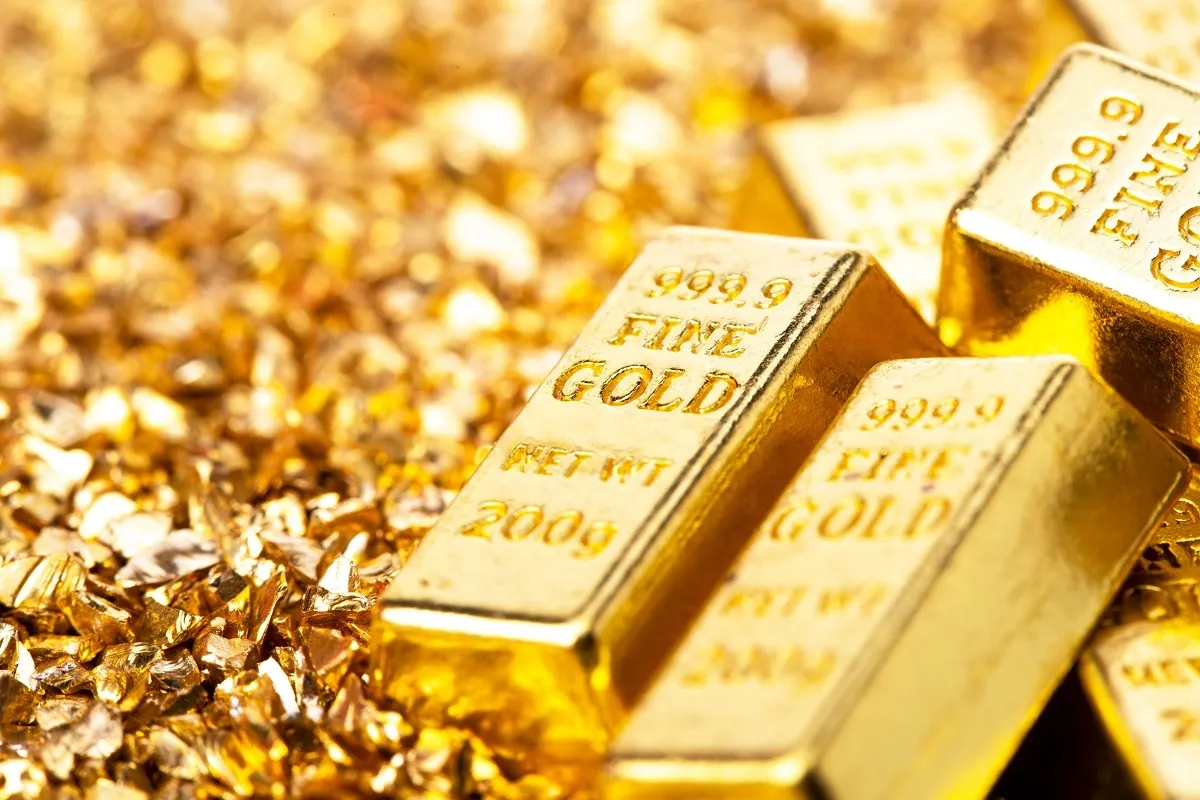Gold, a chemical element with the symbol Au and atomic number 79, has captivated human interest for millennia. It is a fundamental building block of matter, categorized as a metal within the periodic table. To address the question, “Is gold a molecule or an atom?” one must explore the fundamental definitions and properties of atoms and molecules, as well as the unique characteristics of gold as an element.
At the atomic level, the foundation of matter consists of atoms, which are the smallest units of an element that retain its chemical properties. This description holds true for gold, which is composed of individual atoms. Each gold atom contains 79 protons in its nucleus, accompanied by a varying number of neutrons—resulting in isotopes of the element. The electrons orbiting the nucleus, organized in energy levels, contribute to the chemical behavior of gold, influencing its bonding characteristics and reactivity.
Conversely, a molecule is defined as a group of two or more atoms that are chemically bonded together. Molecules can form from identical or different types of atoms. For example, oxygen (O2) is a diatomic molecule comprising two oxygen atoms, while water (H2O) consists of two hydrogen atoms covalently bonded to one oxygen atom. Gold, in its purest form, is not a molecule; it exists as individual gold atoms clustered together in a metallic luster.
Gold’s atomic structure endows it with several remarkable properties, most notably its malleability, ductility, and conductivity. Malleability allows gold to be worked into thin sheets without breaking, making it a favored material in the creation of intricate jewelry and artwork. Its ductility means gold can be drawn into wires, an essential trait for its applications in electronics and electrical connections. Furthermore, gold’s excellent conductivity of electricity indicates that it can facilitate electron movement, making it valuable in electronic devices.
As one delves deeper into the periodic table, it becomes evident how gold stands out among the transition metals. Its unique electron configuration, notably the completion of its d-subshell, contributes to its stability and resistance to oxidation. Unlike many other metals, gold does not tarnish, a property that enhances its desirability, particularly in jewelry and investment.
The question of whether gold might ever form molecules arises when contemplating its interactions with other elements. In certain circumstances, gold can participate in chemical reactions to create complexes or alloys. For example, gold can form coordination complexes with ligands, in which the gold atom interacts with other atoms or molecules to create a more complex structure. These interactions, however, do not change the fundamental nature of gold itself; it remains an atomic entity.
Additionally, alloys are mixtures of metals, and gold’s combination with other metals such as silver or copper results in various karat gold compositions. These alloys exhibit different physical properties and appearances than pure gold, yet the constituent elements retain their identity as individual atoms. This further emphasizes the distinction between single elemental substances and molecular compounds.
The relationship of gold to its elemental identity is bolstered by its occurrence in nature. Gold is typically found in a native state as nuggets or grains, underscoring its atomic nature. Miners extract gold from ores where it is often found as a free element or in the form of natural alloys. The extraction and refinement of gold from such sources involve various metallurgical techniques, underscoring the importance of understanding its atomic characteristics for efficient processing.
In summary, gold unequivocally qualifies as an atom rather than a molecule. Its unique atomic structure, along with its physical and chemical properties, delineates it from the realm of molecular entities. While it can participate in various chemical interactions that lead to the formation of complexes or alloys, these do not alter its classification as a fundamental element.
In conclusion, discussing gold in the context of chemistry requires an understanding of its position on the periodic table and its intrinsic properties as an atomic element. The delineation between atoms and molecules is critical for comprehending the nature of gold and its myriad applications. Whether in electronics, jewelry, or investment, gold’s atomic character is central to its enduring appeal and scientific interest.












